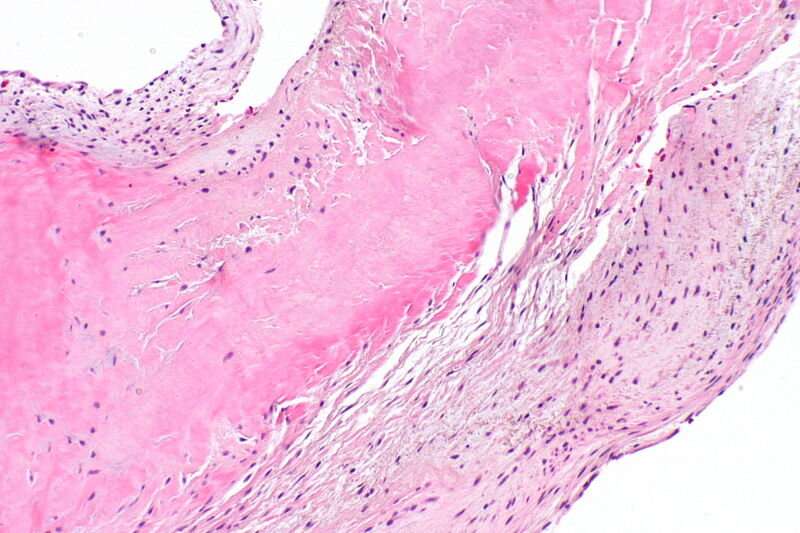
A novel artificial intelligence (AI) algorithm uses routine echocardiograms to identify aortic stenosis patients at high risk of death who could benefit from treatment. The late breaking research was presented in a Hot Line session on 28 August at ESC Congress 2022.
Aortic stenosis is the most common primary valve lesion requiring surgery or transcatheter intervention in Europe and North America. Prevalence is rapidly increasing due to aging populations. Guidelines strongly advise early intervention in all symptomatic patients with severe aortic stenosis due to the dismal prognosis. Approximately 50% of untreated patients with aortic stenosis die in the first two years after symptoms appear. Echocardiography is used to assess severity, namely with peak velocity, mean pressure gradient and aortic valve area. However, there is increasing evidence that elevated mortality risk extends beyond current diagnostic definitions and more patients should be considered for aortic valve replacement.
AI-ENHANCED AS examined whether an AI algorithm developed from echocardiographic parameters routinely used in clinical practice could identify moderate-to-severe and severe aortic stenosis phenotypes associated with increasing five-year mortality. The proprietary AI-Decision Support Algorithm (AI-DSA) used was trained using data from the National Echo Database of Australia (NEDA), which contains more than 1,000,000 echocardiograms from more than 630,000 patients and is linked to mortality information. The algorithm was also trained to ensure all guideline-defined severe aortic stenosis was detected. Training was performed using 70% of the NEDA data, which were randomly selected.
Using the remaining 30% of NEDA data, the researchers compared five-year death rates in patients with the moderate-to-severe and severe aortic stenosis phenotypes with five-year death rates in patients without significant risk of severe aortic stenosis. Out of 179,054 individuals, the AI-DSA identified 2,606 (1.4%) with a moderate-to-severe phenotype and 4,622 (2.5%) with a severe phenotype. Of those with a severe phenotype, 3,566 (77.2%) met guideline criteria for severe aortic stenosis.
The five-year mortality rate was 56.2% in patients with the moderate-to-severe phenotype and 67.9% in those with the severe phenotype. Those without either phenotype (the reference group) had a 22.9% five-year mortality rate. Compared with the reference group, the age- and sex- adjusted odds ratio (OR) for all-cause mortality was 1.82 (95% confidence interval [CI] 1.63–2.02) and 2.80 (95% CI 2.57–3.06) for patients with the moderate-to-severe and severe phenotypes, respectively.
Within the severe aortic stenosis phenotype identified by the AI-DSA (4,622; 2.5%), those that met current guidelines (77%) had a five-year mortality of 69.1%. The additional population identified by the AI-DSA with a severe phenotype, but who do not meet current guidelines, had a mortality rate of 64.4%.
Principal investigator Professor Geoffrey Strange of the University of Notre Dame, Australia said, “This proprietary AI algorithm picks up patients with a high risk (and all patients within current guidelines) of dying within five years that may be missed by conventional definitions. The findings suggest that the AI algorithm could be used in clinical practice to alert physicians to patients who should undergo further investigations to determine if they qualify for aortic valve replacement.”
Source: Read Full Article
